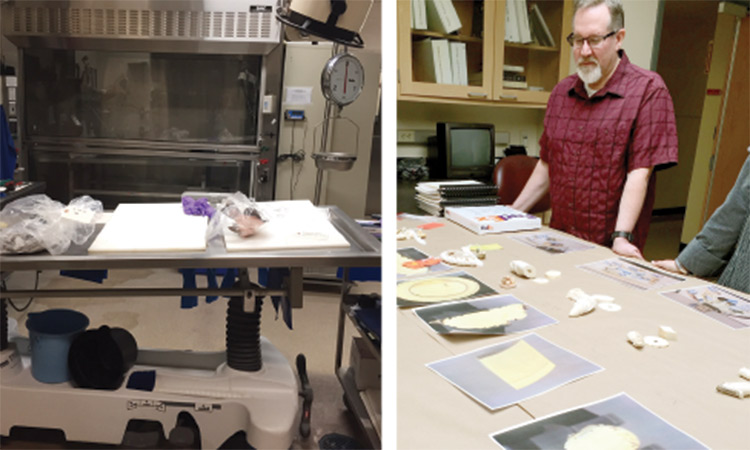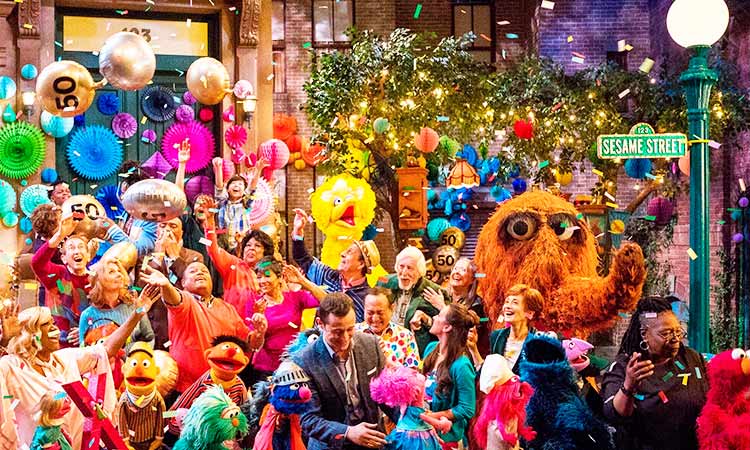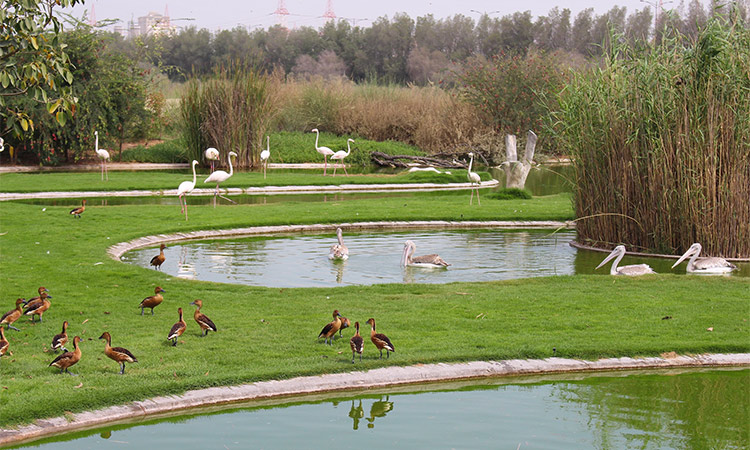Justice for wildlife

Michael Jansen
The author, a well-respected observer of Middle East affairs, has three books on the Arab-Israeli conflict.

The photo has been used for illustrative purposes.
In 1979, California crime scene investigator Ken Goddard was chosen to head the project. Money had to be raised, a site selected, buildings constructed, and staff hired. The lab was to be set up, improbably, in the small town of Ashland, known for its Shakespeare festival. But, Oregon is a politically progressive state with forward looking lawmakers. This process took a decade and when the lab opened it had 10 staff members. The lab has expanded into three interlinked buildings. The latest addition will house the lab’s vast collection of specimens. Today it has 32 staff, half scientists, half clerical employees and technicians.
Parcels containing remains of dead mammals, birds, and reptiles and crime scene evidence are put through a scanner before being admitted. Goddard told Gulf Today, “We have x-ray so we don’t get a bomb.”
The scanner is not the lab’s only defense against attack. Across the entrance to the parking area is a solid boom which can withstand the force of a rapidly driven lorry laden with explosives. The garden is also surrounded by large blocks of stone and trees to repulse attacks. Security is essential.
Testimony in court by lab scientists can lead to the imprisonment of smugglers, traffickers, poachers and thieves as well as the imposition of stiff fines for violating the Convention on International Trade in Endangered Species (CITES) which has 182 global signatories plus the EU. Commerce in ivory, pelts, skins, shells, bones, feathers, and internal organs of endangered creatures is worth billions of dollars annually. Perpetrators can be nasty if thwarted.
Goddard and a colleague were subjected to a staged traffic incident in Moscow after a shipment of $125 million in Russian caviar belonging to that country’s mafia was confiscated as it entered the US. The lab identified the caviar as being from the endangered beluga sturgeon rather than another variety, as claimed. The consignment exceeded the limits set by CITES on the harvesting of beluga caviar and was destroyed.
Material entering the facility is provided by law enforcement. If members of the public find evidence of a suspected crime, they must submit it to the police or local Fish and Wildlife Service offices. A picnic cooler rests on a table near the scanner. “All evidence comes by mail or FedEx. We get two to three shipments a day. In the US there are 220 special (Fish and Wildlife) agents and 120 inspectors at ports of entry. There are 400 police crime labs and one wild life crime lab. We receive more and more cases from abroad. Before, this was only one per cent of our work,” Goddard stated.
He has travelled to Africa and Asia where Fish and Wildlife attaches are posted in US embassies in Tanzania, Gabon and South Africa to train wildlife rangers in conducting crime scene investigations. “All crime scene labs examine evidence and link crime scenes to perpetrators. The wildlife lab, also, distinguishes between legal and illegal kills,” he said. The tusks of an elephant slain by poachers these days are illegal while the ivory of ancient woolly mammoth is not because the animal is extinct.
In one room, millions of demisted bugs, or skin beetles and larvae, slowly stripped flesh and skin from bones of exhibits. Goddard calls them, “Mother nature’s clean-up crew.” In another room, blocks of wood and curved pieces of a guitar rest on shelves. “We had to learn about wood,” he asserted. Since Rosewood is endangered, the lab has moved into this field. The lab’s deputy director Ed Espinoza has advanced science by identifying tree species by the oils they contain.
Dr. Espinoza — who originally came from Chile — and his team surrounded a large table covered with pieces of elephant, walrus, and narwhal (tusked whale) ivory — all endangered animals. The scientists were preparing for a workshop on ivory at a convention of the Society for Wildlife Forensic Science due to take place in Denver in the state of Colorado. Goddard remarked, “The population of walruses has fallen from 500,000 to 50,000.”
In another room, a preserved pangolin is displayed on a table beside a box of pangolin scales. People in Africa and Asia believe these scales have medicinal properties. Although this is a myth, there is great demand for both pangolin scales and meat, making this peaceful creature the most trafficked in the world. Dozens of blue, scarlet and yellow South American macaws rest in drawers in a nearby chest.
Scientists don astronaut-type suits and helmets before entering the sealed room for examining contaminated material. They go in through one door and exit through another in order to be decontaminated. Goddard said the room can protect against all but the terrible disease of ebola currently devastating several African countries. There is, of course, a room where weapons are fired into a water tank to identify bullets. No CSI lab would be without such a facility. Other rooms house equipment which can trace DNA and freezers containing entire creatures and exhibits as well as 25,000 DNA samples. The lab receives 10-15,000 items a year.
Since 1989, lab scientists have testified in 18-19,000 court cases. “We remain neutral and represent both the prosecution and defence,” Goddard stated proudly. “We judge ourselves on whether we make successful or unsuccessful presentations. We have never had our science thrown out of court.”
A major foreign case involved identifying millions of dollars worth of rhino horns stolen from Irish and British museums by the “Dead Zoo Gang” connected to the Roma community in Rathkeale in Ireland. Powdered rhino horn is used for traditional medicine in China, a major recipient of material from trafficked endangered species. Gang members were arrested, convicted of conspiracy and in 2016 sentenced to terms of imprisonment.
($1 = Dhs3.67)







